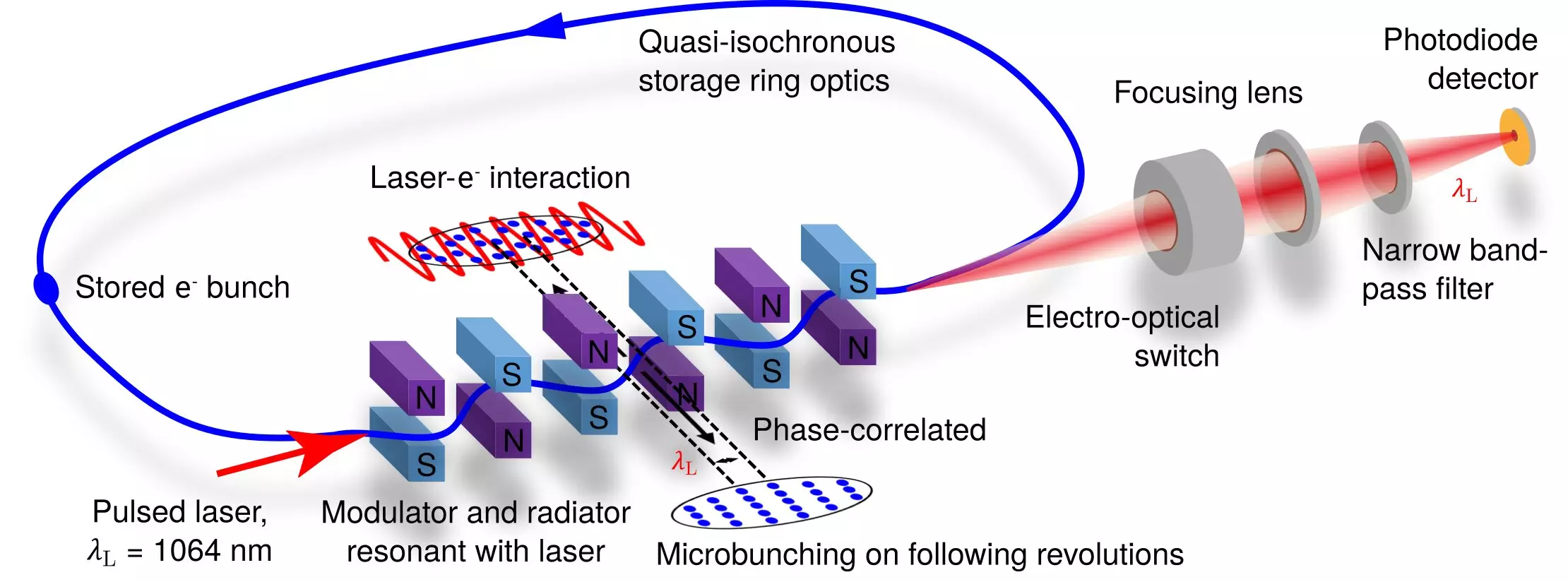In the world of materials research, the use of synchrotron radiation emitted by ultrafast electrons in storage rings has been a game-changer. However, the current process of using monochromators to extract specific wavelengths from the broad spectrum of emitted light results in a significant reduction in radiant power. Physicist Alexander Chao and his team tackled this challenge by proposing a revolutionary idea in 2010: shortening the electron bunches in storage rings to below the wavelength of the emitted light to achieve coherence and significantly increase the power output.
Micro-Bunching for Enhanced Performance
By delving into the concept of micro-bunching, Chinese theorist Xiujie Deng paved the way for a new approach to circular accelerators known as isochrone or “low-alpha” rings. These settings, employed in the Steady-State Micro-Bunching project (SSMB), allow for the creation of incredibly short particle bunches, measuring only one micrometer in length. Collaborative research efforts between HZB, Tsinghua University, and PTB successfully validated Deng’s theory in a proof-of-principle experiment conducted in 2021 at the Metrology Light Source (MLS) in Adlershof, the first storage ring designed for low-alpha operation.
Challenges and Opportunities
While the prospects of utilizing micro-bunching technology for an enhanced radiation source are promising, HZB project manager Jörg Feikes acknowledges the long-term nature of such developments. Drawing parallels to the evolution of free-electron lasers, Feikes emphasizes the need for extensive experimentation and development before the realization of a new type of SSMB radiation source. Despite the challenges ahead, the successful verification of Deng’s theory through rigorous experiments marks a significant step towards revolutionizing the field of ultrafast electron sources.
The advancement of micro-bunching technology has the potential to transform the capabilities of storage rings and enhance the efficiency and power output of synchrotron radiation sources. By pushing the boundaries of current practices and embracing innovative approaches, researchers are at the forefront of a new era in ultrafast electron research.


Leave a Reply